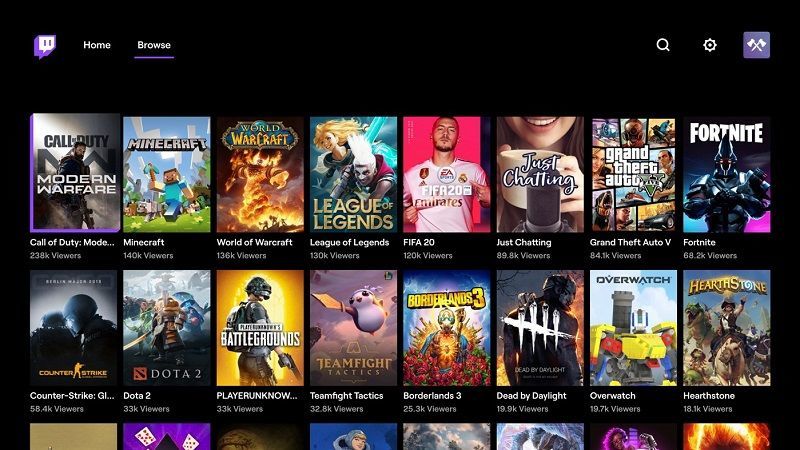Twitch Bans Waiting Room Channels
As a live streaming platform with millions of users around the world, Twitch continues to grow every day. However, this growth has also brought some problems. Waiting room channels, which have been increasingly used recently, have been banned by Twitch for violating the platform’s rules. In particular, the rebroadcasting of content from major broadcasters and attracting viewers to other channels with this content caused Twitch to take a hand on this issue.
What are Twitch’s Waiting Room Channels?
In recent months, Twitch has seen a significant increase in the number of channels known as “waiting rooms”. These channels often re-purpose content from major broadcasters, creating an audience that waits for the original broadcaster to go live. In other words, while viewers spend time on these channels, they switch to the original content source when the major broadcaster goes live. In a sense, such channels create unfair competition for broadcasters and divert viewers to another channel.
Twitch’s latest regulation states that this type of content will be banned from the platform. The platform categorizes waiting room channels as impersonation and has therefore decided to ban them. The Twitch Support team emphasized that the titles and channel bios of such channels will be carefully reviewed by moderators, emphasizing that the main target is channels that make unfair profit by reusing other creators’ content.
Twitch’s new decision concerns many creators. According to a statement from support, the main reason for banning waiting room channels is to prevent channels that try to steal viewership and potential revenue from original creators. These channels aim to build their own audiences, primarily by rebroadcasting content from major broadcasters. Twitch sees this as a practice that harms original creators on the platform.
However, Twitch’s regulation will not apply to all reaction or standby channels. For example, if a creator is reacting live to another streamer or creating a waiting room stream for an expansion pack, character reveal, or other event, that content will not fall under the ban. The main reason for this is that there is still an active interaction and commenting process in these streams.
In a statement on social media, Twitch Support said the following: “We will make a decision based on a variety of factors, including the stream title, channel bio, etc. In particular, we will take action in cases where a channel is imitating another channel or repurposing content from the original creator without permission.”
This announcement shows that Twitch is specifically targeting channels that create unfair competition and try to siphon viewers away from original content creators.
Twitch’s new regulation actually solves a problem that many streamers have been complaining about for a long time. Major broadcasters have been frustrated by the unauthorized rebroadcasting of their years of hard work by other channels. These channels attracted a large portion of the audience, negatively impacting viewership and revenue for original content creators.
Since waiting room channels don’t add original value to the content they offer to viewers, Twitch considers them unfair competition. Without the commentary, reactions, or creativity of the original creator, such streams create an unfair competitive environment among creators on the platform.
This regulation will bring significant changes for Twitch viewers and creators. Viewers will no longer be able to access waiting room channels and will be directed directly to the original creator’s channel. While this could lead to an increase in viewership for big streamers, it could pose new challenges for smaller channels. This is because many smaller broadcasters have been trying to grow their audience through waiting room-style channels.
However, Twitch’s move aims to create a fairer environment for content production and consumption on the platform. Original content creators will have a place where they can get paid for their work and grow without losing their audience to other channels.
Twitch’s new regulation of waiting room channels means that the platform may adopt stricter policies towards creators. Twitch may continue to take such steps to protect creators’ rights. In particular, issues such as unauthorized content and unfair competition may be areas where the platform will be subject to more regulation in the long run.
What are your thoughts on this new regulation? Is Twitch’s ban on waiting room channels a positive step for the platform, or will it put small content creators in a difficult position? Let us know in the comments and start the discussion by sharing your thoughts on this important topic!
Read More: Twitch is not Profitable for Amazon





